- Joined
- Nov 17, 2008
- Messages
- 286
- Reaction score
- 14
I'm looking for a camera and lighting set up to take some nice detailed photos of some EDC gear much like this:
Urban EDC Supply (@urbanedcsupply) • Instagram photos and videos
Everyday Carry (@dailycarry.edc) • Instagram photos and videos
I've just been using my iPhone, but I want to up my game and shoot some detail photos with nice lighting. Suggestions?
What are your thoughts about starting out with the new Sony A6400 as the camera for this?
Urban EDC Supply (@urbanedcsupply) • Instagram photos and videos
Everyday Carry (@dailycarry.edc) • Instagram photos and videos
I've just been using my iPhone, but I want to up my game and shoot some detail photos with nice lighting. Suggestions?
What are your thoughts about starting out with the new Sony A6400 as the camera for this?


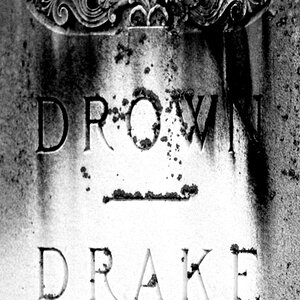
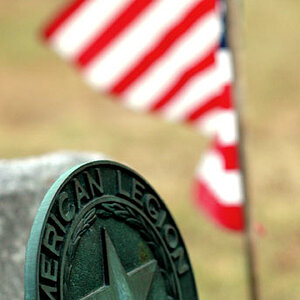
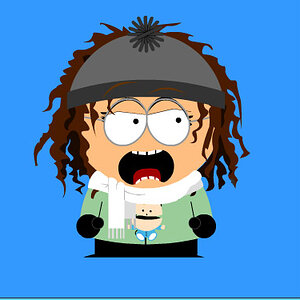
![[No title]](/data/xfmg/thumbnail/42/42456-a5a32b76e115de404d99d09173cd71f2.jpg?1619740191)
![[No title]](/data/xfmg/thumbnail/37/37245-5f15b292311b21913f10cc41f40682ba.jpg?1619737952)
![[No title]](/data/xfmg/thumbnail/31/31089-cc3a7a6049305e29a6be920fad49acce.jpg?1619734605)
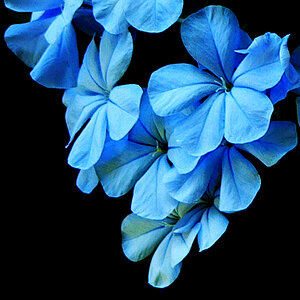
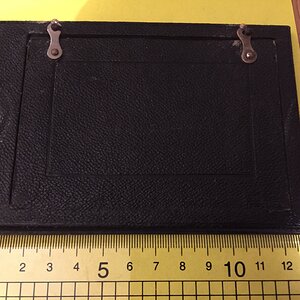

![[No title]](/data/xfmg/thumbnail/31/31092-7ba73f844ad8efedd3d5fd94799a866d.jpg?1619734609)